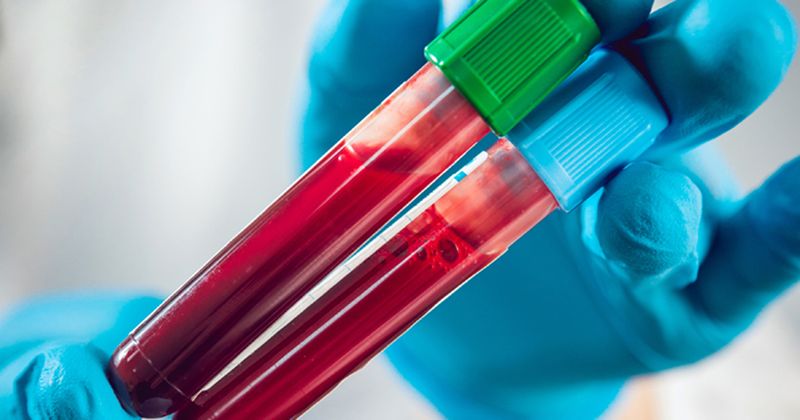More UCH-L1 found in men than women with mild traumatic brain injury
Key takeaways:
- The study analyzed blood samples of 548 TBI patients up to 180 hours post-injury for two biomarkers.
- Higher concentrations of UCH-L1 were found in men compared with women within 24 hours of testing.
In those with traumatic brain injury, patterns of two blood-based biomarkers were similar between the sexes, with significantly higher concentrations of one in male patients compared with female patients, according to research from Nature.
“A blood test for traumatic brain injury has been FDA-approved for adult patients with mild to moderate TBI to help determine the need for CT scan of the head within 12 hours of injury,” Linda Papa, MD, an emergency medicine physician at Orlando Health Orlando Regional Medical Center, and colleagues wrote. “The test is comprised of two biomarkers: glial fibrillary acidic protein ... and ubiquitin carboxy-terminal hydrolase-1.”

Researchers sought to evaluate differences, categorized by sex, in the temporal profile of GFAP and UCH-L1 accuracy among a large cohort of trauma patients who made ED visits for mild TBI and traumatic intracranial lesions on head CT.
Their prospective cohort study initially assessed 3,025 female and male adult trauma patients presenting to a Level 1 trauma center in Orlando, Florida. A total of 1,030 met criteria and 584 blood samples of 5 mL each were obtained from all patients enrolled within 4 hours of injury, with sampling also taken at intervals of 4, 8, 12, 16, 24, 36, 48, 60, 72, 84, 96, 108, 120, 132, 144, 156, 168 and 180 hours post-injury. A total of 1,831 samples were drawn among the participants (62% male) over 7 days, with GFAP and UCH-L1 evaluated over a 7-day period for efficacy in detecting brain injury, then compared in male and female patients.
Results showed that 325 participants had mTBI and 259 had trauma without TBI. The pattern of elevation for both sexes and both biomarkers, however, showed that male patients recorded significantly higher concentrations of UCH-L1 compared with female patients at several timepoints post-injury, particularly within 24 hours.
Data further showed no significant differences in diagnostic accuracy for detecting mTBI or CT lesions between the sexes at any timepoint for either biomarker, and though patterns of GFAP and UCH-L1 release in trauma patients over a week post-injury was similar between the sexes, significantly higher concentrations of UCH-L1 were logged in men at several timepoints post-injury. This did not affect overall diagnostic accuracies of both GFAP and UCH-L1 over time for detecting MTBI and CT lesions between male and female trauma patients.
“Although the female and male patients had similar injury patterns and severity scores, there may be other injury characteristics not considered in this analysis that could affect the differences in UCH-L1 between the sexes,” Papa and colleagues wrote. “Additional research is required to replicate these findings in the full spectrum from mild to severe TBI.”
